What is the tolerance range of precision screws?
What is the tolerance range of precision screws?
Service Hotline
+86760-8787 8587We have more than ten years of experience in screw industry production. The main products are: DIN6927 hexagonal flange lock nuts, slotted round head screws, JB4321 bolts, flat head cylindrical pins with holes, cup head combination bolts, solid core rivets, copper gaskets , Cylindrical machine screw cup head screw, locking washer spring washer, coarse tooth nut, titanium spring washer, hexagon socket machine screw, aluminum alloy adapter lamp holder round nut, aircraft frame nut, accessories rivets and other fasteners, Due to the different materials and specifications of the products, the prices are also different, please contact us if necessary.


An anti-falling nut, comprising a lock buckle 1, a lock plate 2, a nut body 3, a lock ring 4 and a lock claw 5, the lock ring 4 and the nut body 3 are used together, the lock ring 4 is a circular ring, and the lock ring 4 is a ring. The inner diameter of the ring 4 is larger than the inner diameter of the circumscribed circle of the nut body 3, the outer diameter of the lock ring 4 is smaller than the inner diameter of the lock 1, the lock plate 2 is an arc-shaped metal plate, and the number of the lock plates 2 is greater than or equal to three. One end of the short side is connected to the nut body 3, the other end of the lock plate 2 is connected to the lock pawl 5, the lock plate 2 is inclined to the outside of the nut body 3, and the lock buckle 1 is provided at the connection end of the lock pawl 5 and the lock plate 2. The outer side of the lock buckle 1 is a concave arc.
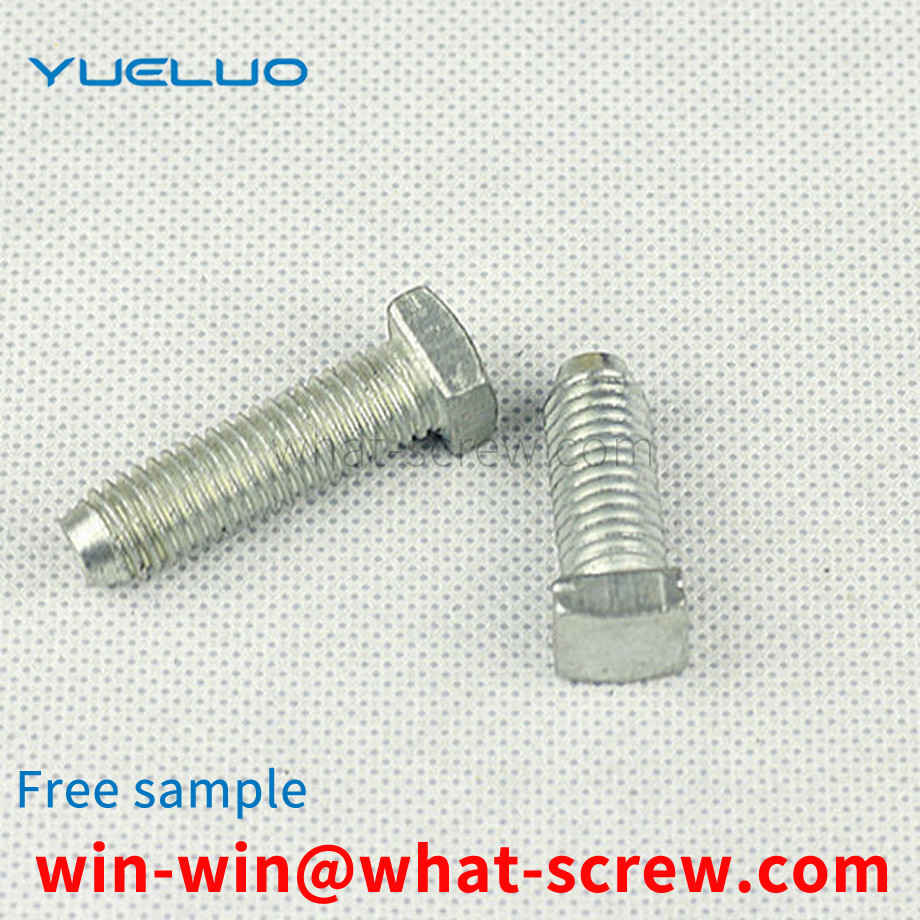
1. First remove the sludge on the surface of the broken head of the broken screw, use the center gun to kill the center gun of the section, and then use an electric drill to install a drill bit with a diameter of 6-8 mm to drill the hole in the center of the section, pay attention to the hole must be drilled through. After the hole is drilled through, remove the small drill bit and replace it with a drill bit with a diameter of 16 mm, and continue to expand and drill through the hole of the broken bolt. 2. Take a welding rod with a diameter of less than 3.2 mm and use a medium and small current to carry out surfacing welding from the inside to the outside in the hole of the broken bolt. Take half of the entire length of the broken bolt at the beginning of the surfacing welding. When starting the surfacing welding, the arc should not be too long. In order to avoid burning through the outer wall of the broken bolt, surfacing to the upper end face of the broken bolt, and then continue surfacing to weld a cylinder with a diameter of 14-16 mm and a height of 8-10 mm. 3. After the surfacing is completed, hammer the end face with a hammer to make the broken bolt vibrate along its axial direction. Due to the heat generated by the previous arc and the subsequent cooling plus the vibration at this time, the broken bolt and the thread of the body will be loose in between. 4. Carefully observe, when it is found that a small amount of rust leaks from the fracture after the knock, take the M18 nut and put it on the surfacing column head and weld the two together. 5. After welding, use a torx wrench to cover the nut while it is still hot, and twist it back and forth, or tap the end face of the nut with a small hand hammer while twisting back and forth, so that the broken bolt can be taken out. 6. After taking out the broken bolt, use a suitable tap to process the thread in the frame to remove rust and other debris in the hole.
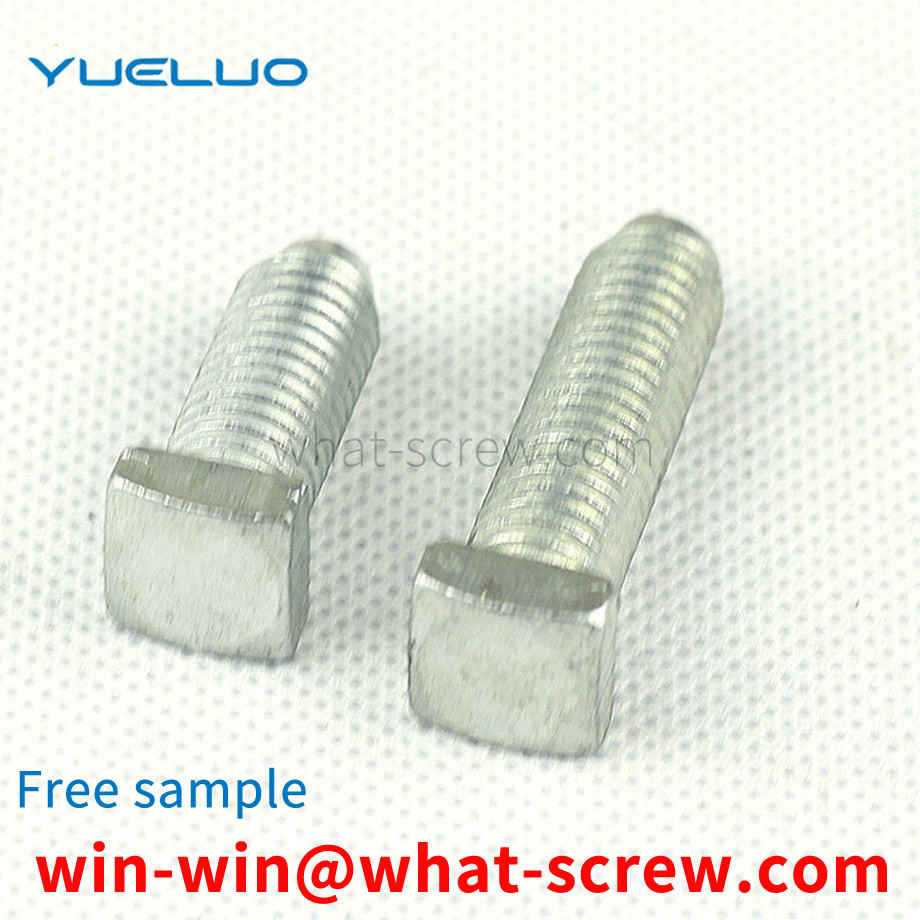
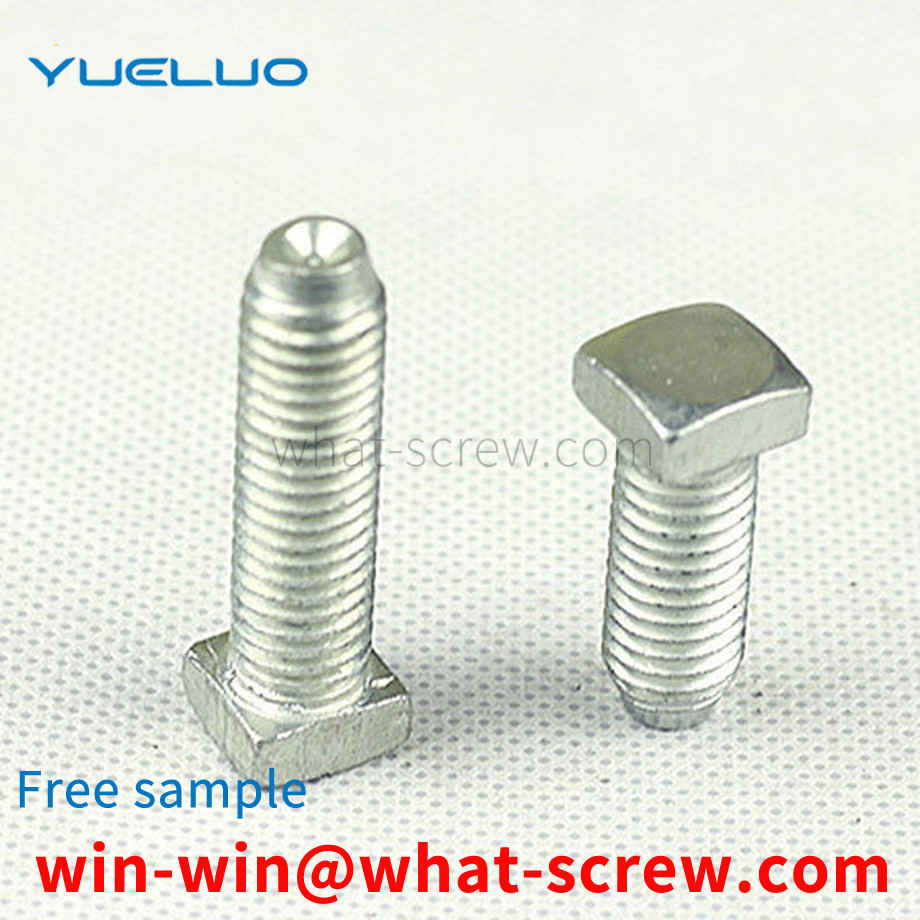
Stud bolts generally need to be surface treated. There are many types of bolt surface treatments. Generally, electroplating, blackening, oxidation, phosphating, and electroless zinc flake coating are commonly used. However, electroplated fasteners account for a large proportion of the actual use of fasteners. Especially in automobiles, tractors, home appliances, instrumentation, aerospace, communications and other industries and fields are more widely used. However, for threaded fasteners, not only a certain anti-corrosion capability is required in use, but also the interchangeability of threads must be ensured, which can also be called screwability here. In order to meet the dual-use performance of anti-corrosion and interchangeability required by threaded fasteners in use, it is very necessary to formulate special plating standards. GB/T5267.1-2002 [Threaded fastener electroplating layer] standard is one of the national standards fastener surface treatment series of standards, the standard includes: GB/T5267.1-2002 [fastener electroplating layer]; GB/T5267.2-2002 [Electrolytic zinc flake coating for fasteners] Two standards. This standard is equivalent to the international standard ISO4042; 1999 [Threaded fastener electroplating layer]. This standard replaces the GB/T5267-1985 [Threaded Fastener Electroplating Coating] standard.
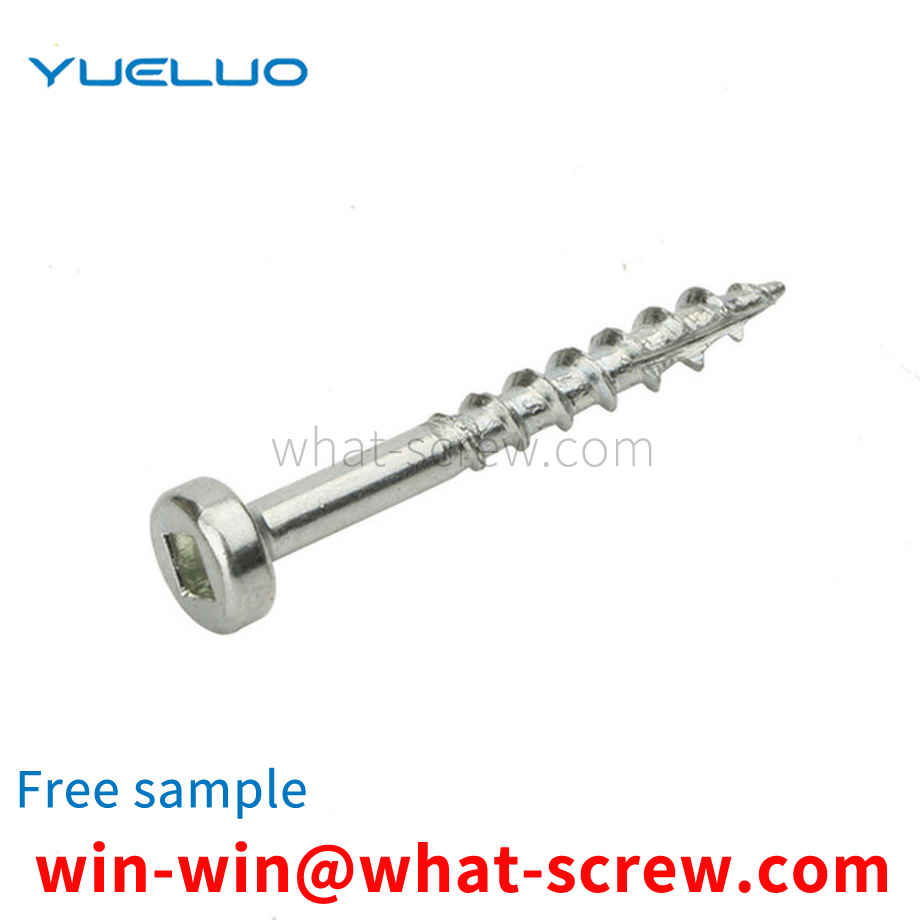
The tail of the drill tail screw is in the shape of a drill tail or a pointed tail, and no auxiliary processing is required. Drilling, tapping and locking can be directly carried out on the setting material and basic material, which greatly saves construction time. Compared with ordinary screws, its toughness and pull-out force and maintenance force are high, and it will not loosen for a long time after combination, so it is safe to use. Especially in the combination of construction, construction, residential and other places, self-tapping and self-drilling screws are the best economical fasteners in terms of workability, cost and reliability. Now the construction of high-rise buildings and high-speed traffic in mainland China requires more high-quality drill screws;
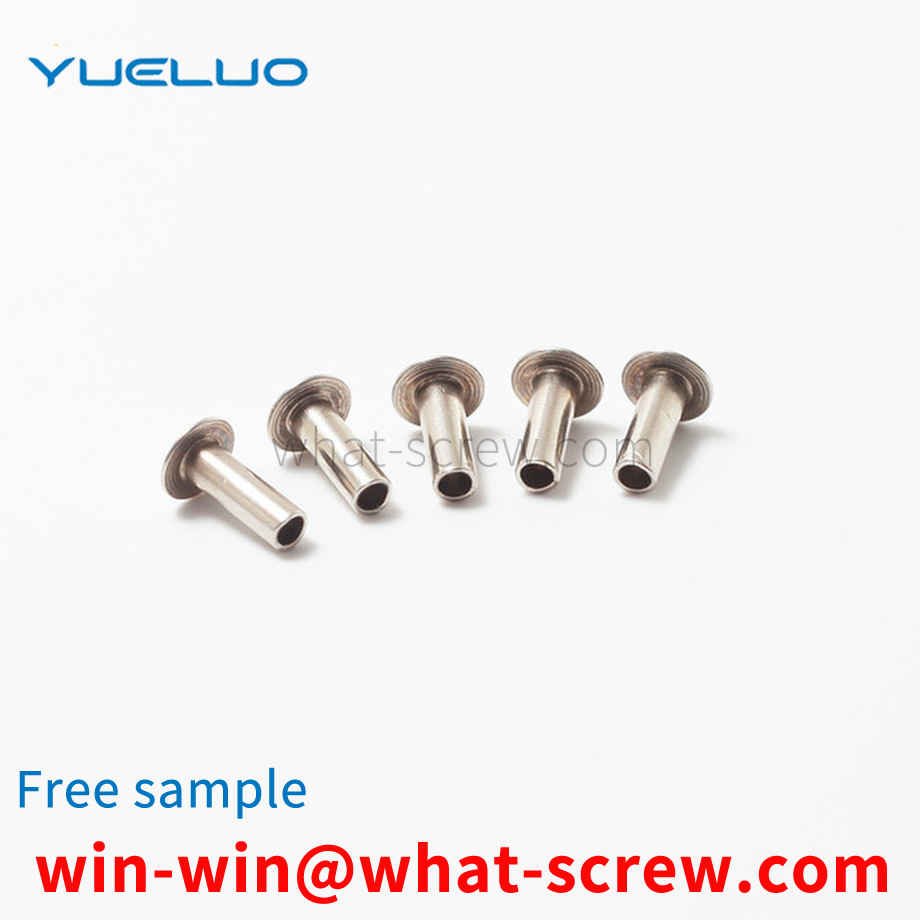
The above content is uploaded by Yueluo or the Internet. If there is any copyright issue, please contact [email protected].

What is the tolerance range of precision screws?

How to choose the right stainless steel screw manufacturer?

Why is there an R angle under the head of the hexagon head s...

We have more than ten years of production experience in the ...

We have more than ten years of experience in the production ...

We have more than ten years of experience in the production ...

We have more than ten years of experience in screw industry ...